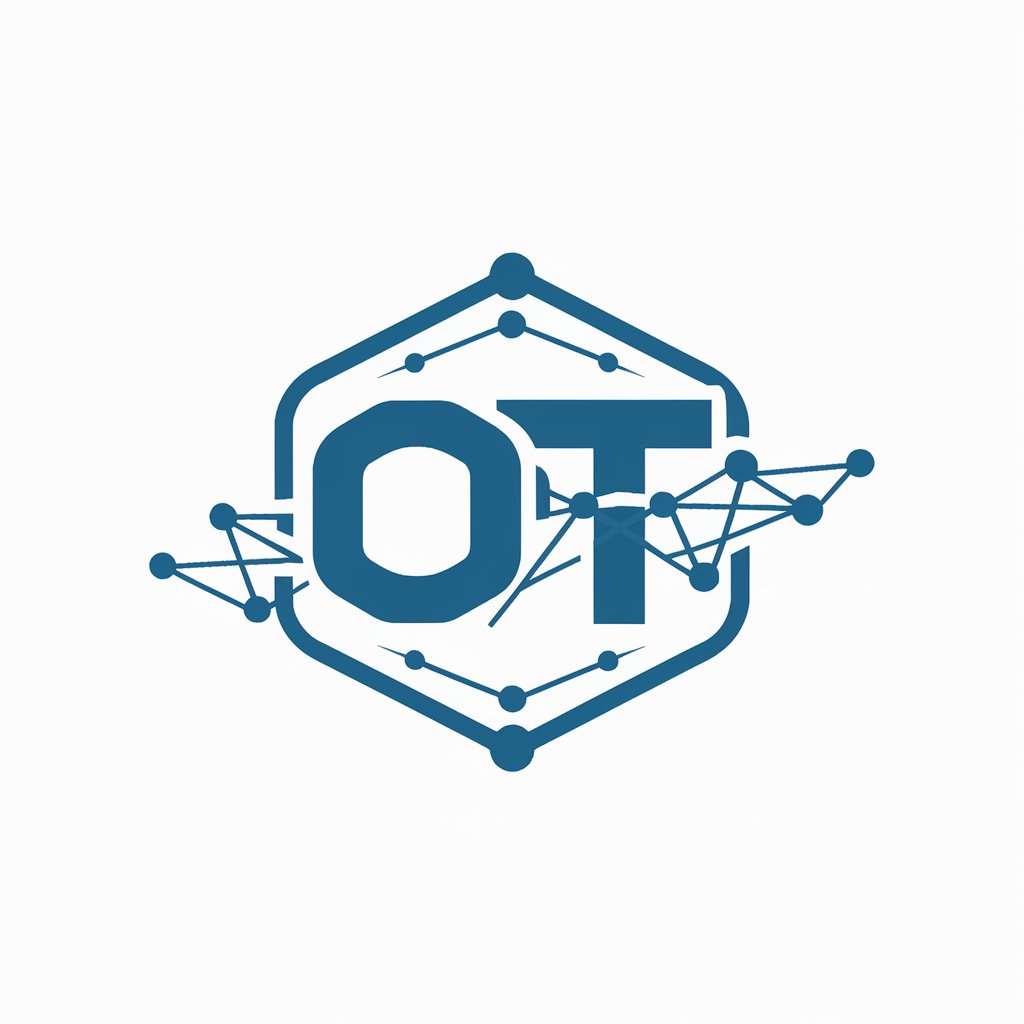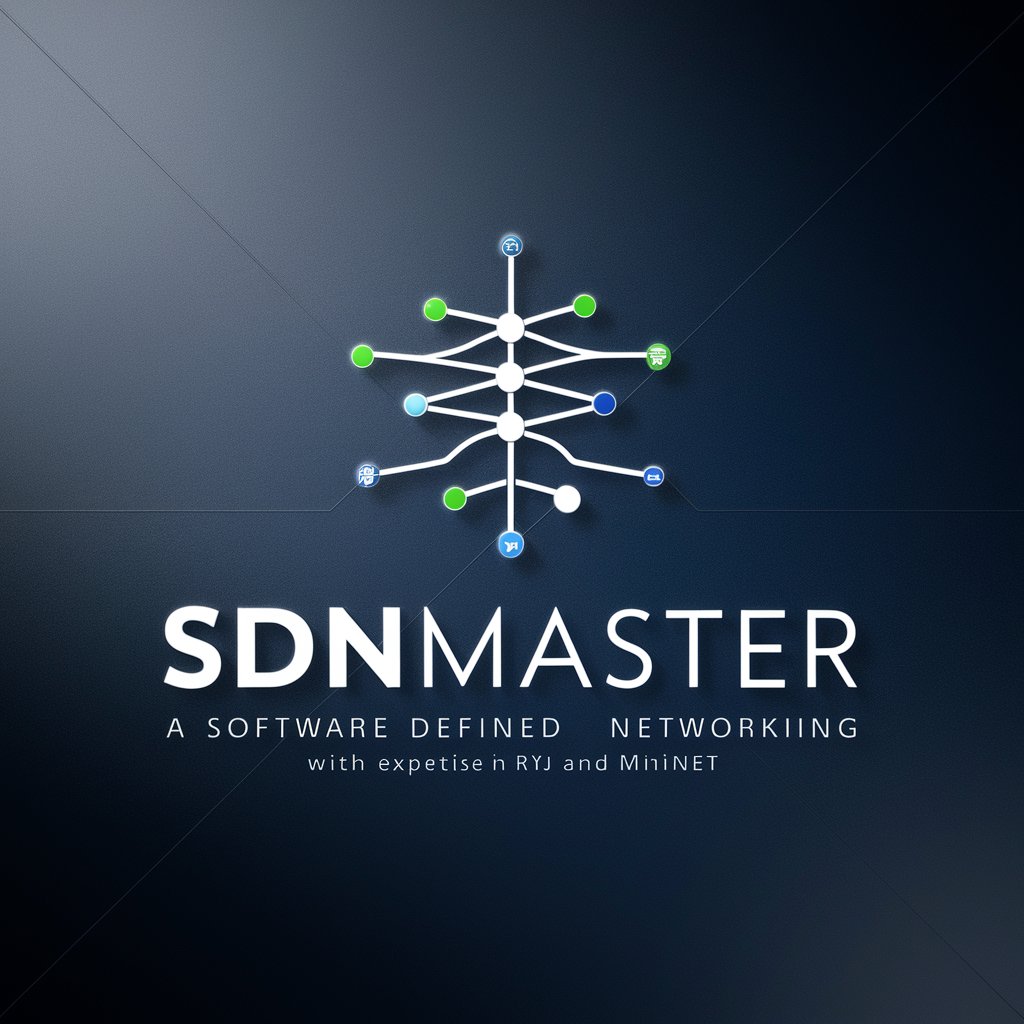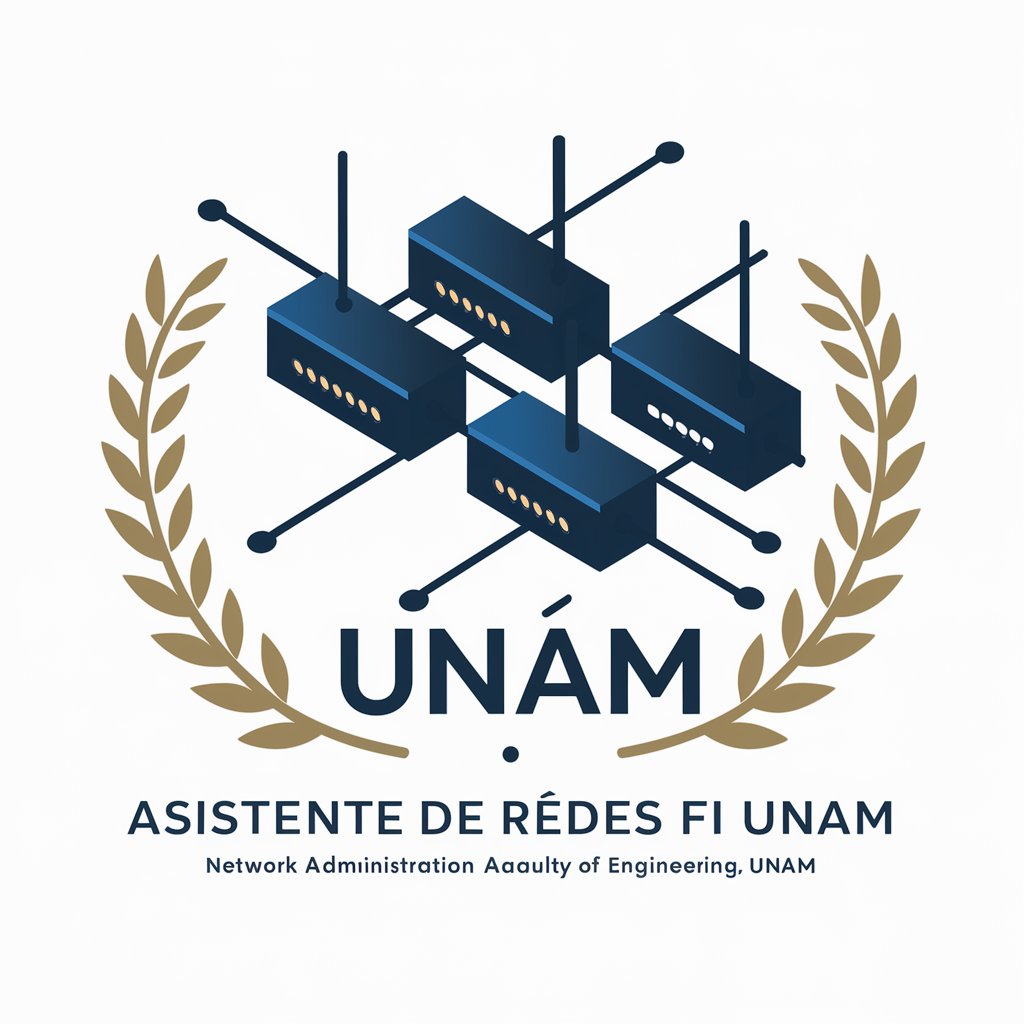10 GPTs for Network Simulation Powered by AI for Free of 2025
AI GPTs for Network Simulation are advanced artificial intelligence tools built on the Generative Pre-trained Transformer (GPT) framework, specifically tailored to simulate and model network environments. These tools leverage the power of GPTs to understand, generate, and analyze network scenarios, making them highly relevant for tasks in networking and cybersecurity. By simulating various network conditions and behaviors, these AI tools provide valuable insights into network performance, security vulnerabilities, and optimization strategies, enabling a tailored solution approach in the field of Network Simulation.
Top 10 GPTs for Network Simulation are: Packet Tracer Pro,Stochastic Processes,MATLAB 5G Helper,OMNeT++ Tutor,SDNMaster,Network Topology Master,CCNA E,Sim Helper,5G Network Guru,Asistente de Redes FI UNAM
Packet Tracer Pro
Empower Your Network Skills with AI

Stochastic Processes
AI-powered Stochastic Process Simulation

MATLAB 5G Helper
Empowering 5G Engineering with AI

OMNeT++ Tutor
Master OMNeT++ with AI Guidance

SDNMaster
Optimizing networks with AI-driven simulations

Network Topology Master
AI-powered Network Topology Visualization and Simulation

CCNA E
Master Networking with AI-Powered Guidance

Sim Helper
Empowering simulations with AI expertise.

5G Network Guru
Demystifying 5G Networking with AI

Asistente de Redes FI UNAM
Empowering Network Education with AI

Key Characteristics and Functionalities
AI GPTs for Network Simulation stand out due to their adaptability and comprehensive analysis capabilities. Key features include real-time simulation of network topologies, traffic analysis, and cybersecurity threat assessment. These tools can dynamically adapt from basic network setups to complex, multi-layered simulations. Special features include the integration of language understanding for analyzing network protocols and logs, technical support for network troubleshooting, and advanced data analysis to predict network failures or breaches. Their ability to learn and adapt to new network scenarios ensures they remain at the forefront of network simulation technology.
Who Benefits from Network Simulation GPTs
The primary users of AI GPTs for Network Simulation range from networking novices to seasoned professionals, including network architects, system administrators, and cybersecurity experts. These tools are accessible to those without in-depth coding skills, thanks to user-friendly interfaces, while also offering powerful customization options for programming-savvy users. This dual approach ensures a broad spectrum of users can effectively simulate and analyze network environments, enhancing both learning and professional network management.
Try Our other AI GPTs tools for Free
Real-World Configuration
Discover how AI GPTs for Real-World Configuration revolutionize task management and decision-making with adaptable, user-friendly tools designed for real-life applications.
Trading Prediction
Explore how AI GPTs revolutionize Trading Prediction with advanced analytics, offering tailored insights for informed decision-making in the financial markets.
Firebase Guidance
Discover how AI GPTs for Firebase Guidance can revolutionize your Firebase projects with advanced AI tools designed for intuitive advice, optimization, and automation.
Q&A Preparation
Discover how AI GPTs revolutionize Q&A Preparation, offering bespoke, accurate, and efficient solutions for content creation and management across diverse fields.
Personalized Texts
Discover how AI GPTs for Personalized Texts revolutionize text generation and processing, offering tailored solutions for a wide range of applications. Embrace the future of personalized communication today.
Intellectual Discourse
Discover how AI GPTs for Intellectual Discourse transform learning and research, offering tailored, advanced solutions for engaging with complex topics.
Expanding Horizons with AI in Network Simulation
AI GPTs for Network Simulation redefine traditional network management and security practices by offering customized, intelligent solutions. Their user-friendly interfaces facilitate accessibility across a broad audience, while the potential for integration with existing systems and workflows underscores their versatility. As these tools continue to evolve, they promise to further enhance network reliability, performance, and security across diverse sectors.
Frequently Asked Questions
What exactly are AI GPTs for Network Simulation?
AI GPTs for Network Simulation are AI-based tools that utilize generative pre-trained transformers to simulate, analyze, and predict network behaviors and performance, facilitating detailed network environment modeling.
How do these tools adapt to different network complexities?
These tools learn from vast amounts of network data, allowing them to adapt and simulate anything from simple home networks to complex enterprise-level architectures with various protocols and devices.
Can novices use these AI GPTs effectively?
Yes, thanks to intuitive user interfaces and guided processes, novices can effectively use these tools to learn about and simulate network environments.
Are there customization options for professionals?
Absolutely. Professionals can delve into code-level customizations, script simulations, and integrate these tools with existing systems for enhanced network analysis and security assessments.
What kind of network scenarios can be simulated?
From bandwidth analysis and load testing to security breach simulations and protocol efficiency tests, these tools can simulate a wide range of network scenarios.
How do these tools help in cybersecurity?
They can simulate attack vectors, identify vulnerabilities, and help in understanding the impact of various security threats on network infrastructures.
Can AI GPTs predict network failures?
Yes, by analyzing network performance data and trends, these tools can predict potential failures or bottlenecks, allowing for proactive network management.
How do they integrate with existing systems?
These tools can be integrated via APIs, allowing for seamless data exchange and the enhancement of existing network management systems with advanced AI capabilities.